Great Thinkers Who Tried and Failed
Doctoral research can be frustrating and thankless, and PhDs often feel as if they've failed or don't have the skills to complete their work. At points like these, it's easy to forget that even the greatest thinkers didn't always succeed on their first try. But, as the saying goes, invention is one percent inspiration and ninety-nine percent perspiration. So, when the PhD-goings get tough, pick yourself up and try again with the knowledge that you're in good company.
- Student Tips
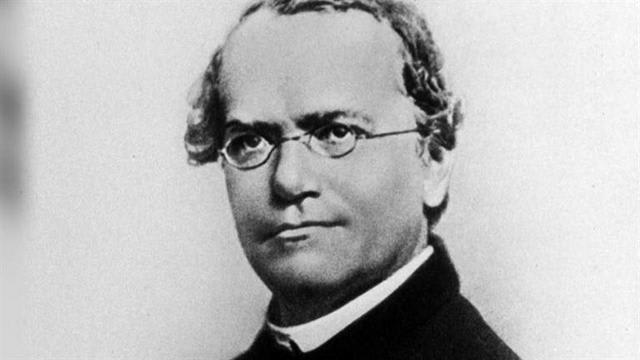
Perhaps you've just finished your umpteenth experiment that produced useless results, or a newly released journal article articulates not only the basics, but the entire foundations of your doctoral research. Maybe you've simply reached the conclusion that the evidence to support your hypothesis simply does not exist. Many doctoral students reach a point of crisis during their studies where it seems that their research is unsustainable, irrelevant, or just plain ridiculous. This is a normal part of the process, and though some students find that this point necessitates a re-evaluation of their work (and possible a redirection of their research), many simply need to regain a sense of perspective and approach their project with new enthusiasm. At times like these, it can be helpful to remember that even some of the greatest thinkers didn't always succeed on their first try, and that many of the scientists, artists, and writers we consider iconic were little more than footnotes during their lifetimes. So before you give up entirely, take some inspiration from these movers and shakers who probably felt just like you.
1. Gregor Mendel
Gregor Mendel is now known as the “father of modern genetics,” but during his lifetime his work on heredity and genes was seen as mostly irrelevant, even by Mendel himself. The Augustinian friar tried and failed several times to become a high school teacher, and when he died in 1884, the abbott who succeeded him burned his work to avoid a tax dispute. His work wasn't rediscovered until the 1900s and reapplied by twentieth-century scientists. Mendel's experiments, observations, and theories now serves as the foundations of genetics and the laws formed from his work are known as the Mendelian inheritance.

2. Vincent van Gogh
This Dutch artists paintings are found in dorm rooms around the world, but during his life Vincent van Gogh suffered from mental illness and artistic frustrations. Though a prolific painter, van Gogh sold very few paintings during his lifetime (though perhaps more than the one-hit wonder of van Gogh-folklore), and though he kept company with other artists his relationships were fraught with drama and disappointment. Van Gogh famously sought and lost a friendship with the French artist, Paul Gauguin, who also died in relative poverty and obscurity.
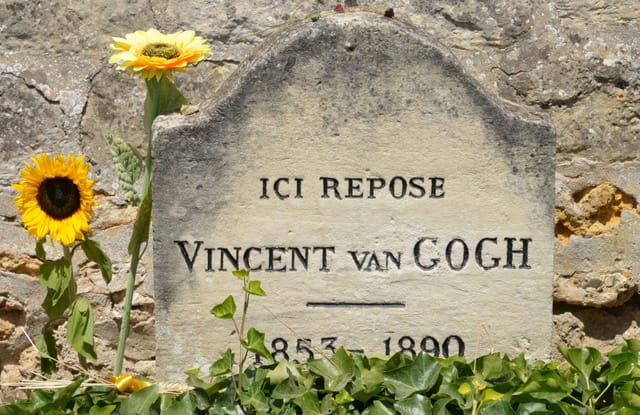
3. Peter Higgs
While Peter Higgs, whose groundbreaking research into subatomic particles was published in 1964 and confirmed in 2012, may hold a Nobel Prize the theoretical physicist maintains that by today's academic standards he would be neither successful nor productive. According to an interview given to the Guardian, Higgs struggled in the modern academic system that demands that scholars produce frequent and publishable research. Though the iconic scientists holds numerous degrees and awards, he has less than a dozen post-1964 publications.

4. John Kennedy Toole
A Confederacy of Dunces epitomizes New Orleans and a bronze statue of the novel's main character, Ignatius J. Reilly, stands on Canal Street. But the novel's author, John Kennedy Toole, died in obscurity at the age of thirty-one. A Confederacy of Dunces, which won Toole a posthumous Pulitzer Prize, was rejected several times and was only published after his suicide, when Toole's mother found a manuscript copy and badgered the novelist Walker Percy into reading it. Of course, Toole is hardly the only famous author to have faced rejection and failure. His novel stands alongside those of Stephen King, Madeleine L'Engle, John Grisham, George Orwell, J.K. Rowling, and William Golding, as well as numerous others.
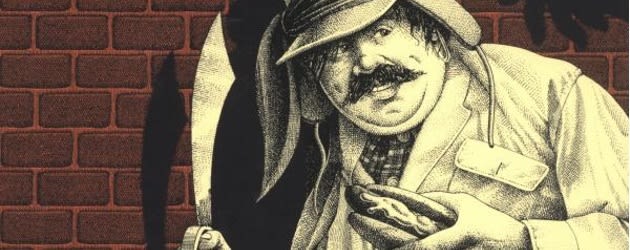
5. Vivien Maier
Vivien Maier is now a critically acclaimed photographer, whose work went viral in 2009, but during her lifetime she was most well-known to the children of families for which she worked as a nanny. Born in New York, Maier spent most of her adult life in Chicago where she photographed people and architecture. She rarely developed her work, and lost most of her negatives when they were auctioned after she couldn't pay for the storage unit where they were held. She died in poverty in 2009, but her negatives were rediscovered and her photographs are now world-famous.
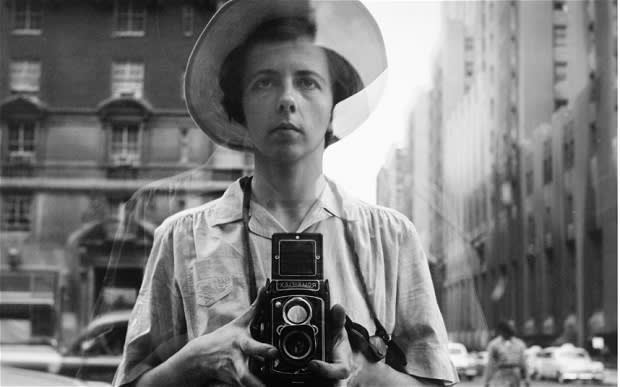
6. Alex Jordan Jr.
Frank Lloyd Wright may be one of the most famous American architects, but only miles from his iconic architectural complex, Taliesin, stands the ostentatious and wholly improbable House on the Rock which was designed and built by the fittingly eccentric Alex Jordan Jr. According to legend, Jordan built the House after his architectural aspirations were calouslly dismissed by Wright. The house, built in a style reminiscent of Wright's, was expanded over time to include a complex of collections, oddities, and electronic gadgets and now attracts thousands of visitors each year.
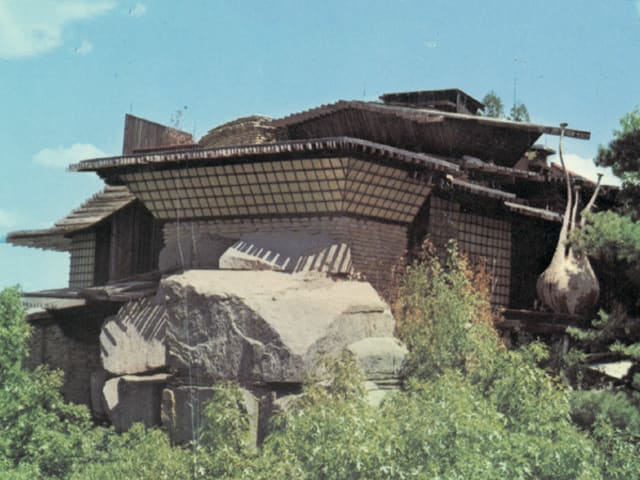
7. Alfred Russel Wallace
While Charles Darwin is credited with the Theory of Evolution, science often forgets the story of Alfred Russel Wallace, whose work on evolutionary theory was published simultaneously with that of Darwin in 1858. In fact, Wallace and Darwin corresponded throughout their respective careers. Unlike some of the other intellectuals on this list, Wallace was actually well-known and respected during his lifetime, but his work on evolution and natural selection was overshadowed by the publication of Darwin's On the Origin of Species, and it wasn't until the twenty-first century that much of his research was rediscovered and recirculated. And while some Wallace-supporters argue that Darwin stole Wallace'd ideas, others counter that by modern standards Wallace and Darwin were by rights collaborators, with Darwin serving as lead author.
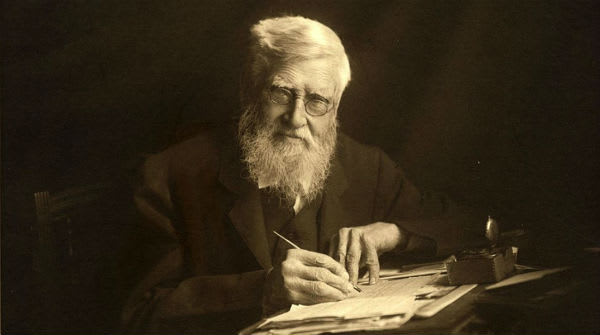
Find your perfect program
Use our search to find and compare programs from universities all over the world!
PhDFind a program in these categories


